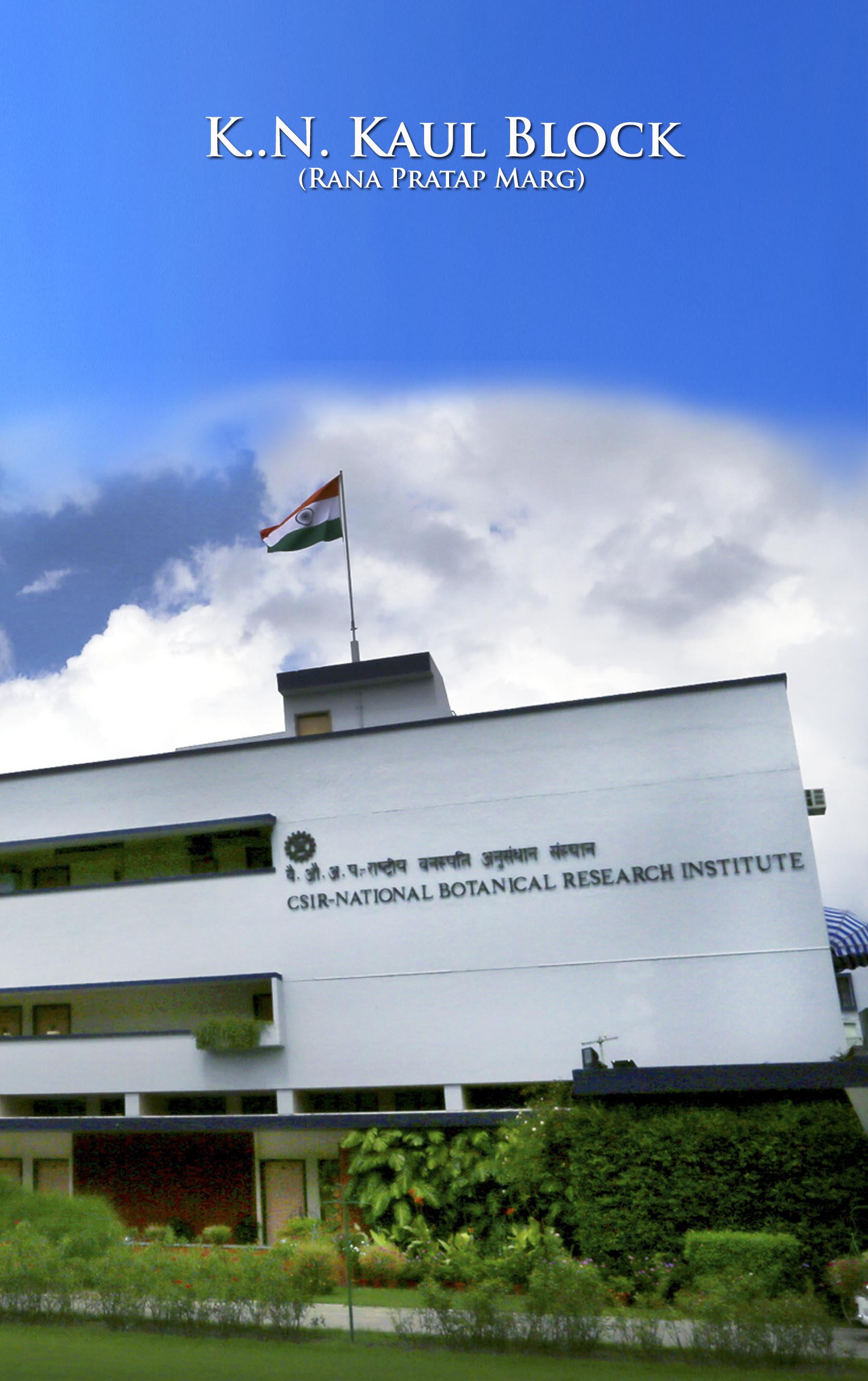
The present CSIR-National Botanical Research Institute owes its origin to the era of Nawabs of Oudh when Nawab Saadat Ali Khan established a royal garden in 1800 A.D. Later, Nawab Wajid Ali Shah, the last Nawab of Oudh, dedicated this royal garden to one of his favourite queens, Sikander Mahal Begum, and christened this garden as “Sikandar Bagh”. During British rule, Sikander Bagh became an active centre of horticultural activities and was known as the ‘Government Horticultural Garden’. Famous British horticulturists, namely, Dr. J. Cameron, Dr. E. Bonavia, G.M. Ridley, have been associated with the activities of this garden.
During 1932, and in the following years, Prof. Birbal Sahni and Dr. S.K. Mukherjee, both renowned plant scientists, transformed this horticulture garden to a botanic garden by acquiring additional land from Government for the cultivation and study of medicinal plants. Later the Botanic Garden was rechristened as ‘National Botanic Gardens’ .
CSIR take over NBG
Realising its potential, the National Botanic Gardens (NBG) was later adopted by Council and Industrial Resaerch on April 13, 1953. Prof. K.N. Kaul was appointed as its first regular director. Since 1953, CSIR has been providing financial and various other supports for the development of NBG into a national institute for plant science research. The transformation of NBG into a present day hi-tech research institute with state-of-the-art facilities makes it capable of undertaking advanced research at globally competitive levels. Later in the year 1978, “National Botanic Gardens’ was renamed as National Botanical Research Institute.
Read Former Directors
